By Jon Diamond
On February 15, 1942, the island fortress of Singapore surrendered with 130,000 men, thus ending the defense of Malaya as one of the largest military disasters in the history of British arms since Cornwallis’s capitulation to Franco-American forces at Yorktown in 1781 during America’s Revolutionary War. Lieutenant General Arthur Percival’s surrender to the invading Japanese Army permanently destroyed Britain’s military and colonial prestige in the Far East. Since Percival sought out the best terms with the Japanese, thereby refusing to participate in any “last stand” heroics, he failed to meet Prime Minister Winston Churchill’s standard as a military commander.
Although Percival was humiliated in both the surrender ceremony and as a prisoner of war, analysis of his prewar assessment and plans for the defense of Singapore demonstrates that he was not entirely culpable for the Singapore garrison’s defeat. Poor planning of the defensive aspects of the island coupled with an underequipped garrison to fight a modern battle with tanks and suitable aircraft ultimately may have been more causally related to the surrender than Army leadership. One must wonder whether Percival was a convenient scapegoat for a wider failure of British leadership and responsibility.
Receiving Command in Malaya
Arthur Percival was born on December 26, 1887, in Hertfordshire, England. After schooling at Rugby, he became a clerk for an iron mercantile company. When World War I erupted, Percival enlisted as a private but was quickly promoted to second lieutenant. Within three months he was again promoted to captain. Wounded during the Battle of the Somme, he was awarded the Military Cross. Further promotions ensued along with a Croix de Guerre and a Distinguished Service Order. He was described in his confidential report as very efficient, beloved by his men, and a brave soldier, and he was recommended for the Staff College.
After the Great War, Percival served with the Archangel Command of the British Military Mission in 1919 in north Russia during the Russian Civil War. This was followed by a posting brutally fighting the Irish Republican Army as an intelligence officer in 1920-1921. It was during this service combating the IRA that he was brought to the attention of Winston Churchill, then a cabinet minister, and Prime Minister David Lloyd George.
Percival was selected as a student for the Staff College, Camberley, from 1923 to 1924, upon a recommendation of Lloyd George. Thereafter, he served as a major for four years in the Royal West African Frontier Force as a staff officer, culminating in a promotion to lieutenant colonel in 1929. After studying at the Royal Naval College in 1930, he became an instructor at the Staff College in 1931-1932. With the assistance of his mentor, General Sir John Dill, Percival was given command of a battalion of the Cheshire Regiment from 1932 to 1936, becoming a full colonel in 1936.
Dill regarded Percival as an outstanding instructor and staff officer and wrote in his confidential report of 1932, “He has not altogether an impressive presence and one may therefore fail, at first meeting him, to appreciate his sterling worth.” Dill recommended that Percival should attend the Imperial Defense College in 1935. In 1936, his mentor again helped Colonel Percival become the GSO I Malaya Command, serving as chief of staff to General William G.S. Dobbie, the General Officer Commanding (GOC), Malaya.
In 1937, Percival returned home as a brigadier on the General Staff, Aldershot Command. However, it was during his posting with Dobbie that Percival made important observations about the defense of Singapore and conducted a detailed analysis of Singapore’s vulnerabilities not from the sea but rather from the Malay Peninsula. Again, however, critics would cite that Percival had a “gift for turning out neatly phrased, crisp memoranda on any subject…. He was excellent in any job which did not involve contact with troops.”
From 1937 to 1940, Dill enabled Percival to maneuver through a variety of staff and command positions, the latter including the 43rd (Wessex) Division and 44th Division. Then, as Chief of the Imperial General Staff (CIGS), Dill appointed Percival GOC Malaya with the rank of lieutenant general, promoted over the heads of many senior and more experienced officers. Dill’s support of Percival was based on his evaluation of his protégé as an intelligent, efficient, tireless, and professional staff officer.
Concern over Singapore’s Defenses
Critics of Arthur Percival have claimed that he was a colorless character, more a staff officer than a commander and certainly not a natural leader. Furthermore, it was asserted that he played everything by the rules, however ludicrous these might be, and if he did not lack urgency, he certainly lacked passion. He was not a man for a crisis and certainly not a man for a desperate campaign.
Ironically, when General Sir Alan Brooke was appointed CIGS, he reflected on such appointments that “officers were being promoted to high command because they were proficient in staff work—which was quite wrong—and urged that fewer mistakes of this nature should be made in the future.”
As an example of Brooke’s concern about the future, it had also helped Percival that in 1937 he had written an appreciation of the defense of Malaya and Singapore. As CIGS, General Dill wanted more troops sent to the Malaya command; however, Churchill would not acquiesce to this request.
For over two decades, the combined British military establishment pondered how to best defend Malaya and the Singapore naval base. Unfortunately, there was interservice rivalry, and often the Royal Air Force (RAF) disdained to consult the Army in regard to the placement of airfields along the Malay Peninsula.
In 1937, Maj. Gen. Dobbie, along with Percival as his chief of staff, looked at the problem of defense using the Japanese viewpoint as a new perspective. Percival and Dobbie had as an operational tenet that a British fleet could not arrive in fewer than 70 days to carry out relief. The pair began conducting exercises with troops in October 1937 and reported that, contrary to the orthodox view, landings by the Japanese on the eastern seaboard of the peninsula were possible during the northeast monsoon from October to March, and this period was particularly dangerous because bad visibility would limit air reconnaissance.
Both Dobbie and Percival warned that, as a precursor to their attack, the Japanese would probably establish advanced airfields in Thailand and might also carry out landings along the coast of that country. If the evaluation composed by Percival, under Dobbie’s oversight, was accepted, large reinforcements would be sent without delay. Percival’s evaluation was ignored.
Furthermore, in July 1938, when Japanese intentions were more obvious, Dobbie warned that the jungle in Johore (i.e., southern Malaya) was not impassable to infantry, but again he was ignored. By 1939, all Dobbie and Percival were able to wring out of the government was the sum of 60,000 pounds, most of which was spent on building machine-gun emplacements along the southern shore of Singapore island and in Johore. The prewar defense of northern Malaya was, incredibly, left in the hands of the Federated Malay States Volunteers.
“Let England have the Super-Spitfires and Hyper-Hurricanes”
A newly arrived Indian brigade was held as a reserve for the defense of Johore. Singapore island was entrusted to five regular battalions, two volunteer battalions, two coastal artillery regiments, three antiaircraft regiments, and four engineer fortress companies. The six air force squadrons had a total of 58 aircraft. There were no tanks. It is no surprise that when Arthur Percival took up his new appointment he had little enthusiasm or confidence. He wrote after the war, “In going to Malaya I realized that there was the double danger either of being left in an inactive command for some years if war did not break out in the East or, if it did, of finding myself involved in a pretty sticky business with the inadequate forces.”
Upon his arrival, Percival discovered that the northern airstrips on the Malay Peninsula had not been situated in defensible positions, nor did they have sufficient men or planes to occupy them. Many of his troops, in fact, were dispersed to guard the RAF’s exposed airfields in northern Malaya. Construction of defense installations was stalled because of bureaucratic issues. There was not a single tank in the entire theater of operations. Apart from a few regular British and Australian army battalions, the remaining troops were of mediocre or low quality, undertrained and indifferently led.
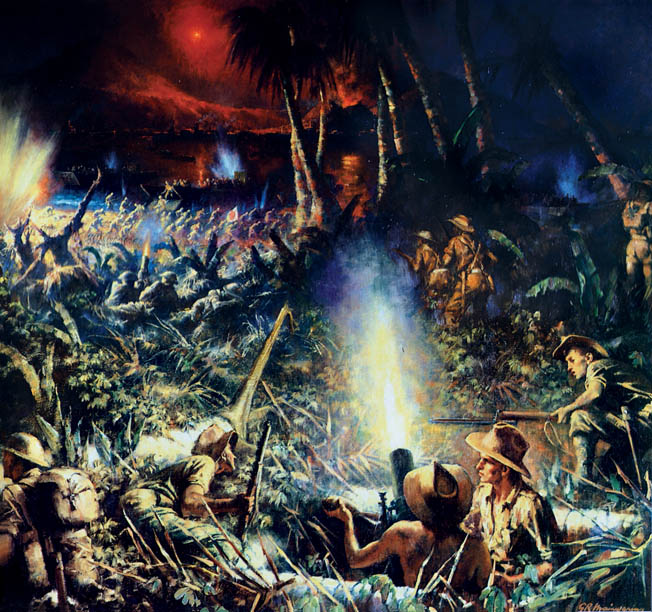
The reinforcements still on the way were no better, and none had any idea of operating in the jungle. In fact, Dobbie’s recommendations of 1937 were still a plan rather than a realized defensive framework to fend off a Japanese Army attack from the north. Some of the other service chiefs had held erroneous beliefs that their meager resources and near-obsolete equipment would be sufficient to combat a battle-hardened Japanese war machine which was honed to a sharp edge after nearly a decade of conflict on the Chinese mainland.
Sir Robert Brooke-Popham, commander in chief Far East, remarked incredulously, “We can get on alright with (Brewster) Buffaloes out here…. Let England have the Super-Spitfires and Hyper-Hurricanes.”
Arthur Percival’s Political Hurdles
In Percival’s defense, he had too many political and logistical obstacles to overcome to make a meaningful contribution to the area’s defense. First, he tried to intensify training among his troops as well as obtain funding from the government to carry out defensive preparations. Second, he tried to construct defensive positions up north near the border with Thailand; however, local British business interests interfered, not wanting troops near their plantations or property.
Finally, when a plan—Operation Matador—was formulated to attack and seize potential Japanese troop staging areas in Thailand, both the detailed logistics and orders for advance were stalled. The government’s policy was to refrain from any act of provocation and bore much similarity to the “Phony War” on the Western Front prior to the Nazi onslaught in May 1940.
This military vacillation continued until December 6, 1941, when it was known that the Japanese army was en route to its staging areas in Thailand. Thus, there was no realistic provision for a British attacking force to seize the Kra isthmus in southern Thailand to prevent a Malay invasion by the Japanese until that country had clearly demonstrated itself to be the aggressor. In fact, it was Brooke-Popham who finally cancelled the plan whereby the 11th Indian Division would have entered Thailand to seize the Kra isthmus.
At the command level, a vacuum of leadership developed at a crucial stage. Air Chief Marshal Brooke-Popham was replaced by Lt. Gen. Henry Pownall in November 1941. Pownall had served as Lord John Gort’s chief of staff with the British Expeditionary Force in northern France and Belgium during the Phony War and amid the disastrous retreat to Dunkirk.
Pownall did not arrive in Singapore until December 27, 1941, and then command was further altered with General Sir Archibald Wavell being appointed to the American-British-Dutch-Australian Command, with Pownall becoming his chief of staff. Thus, Percival’s chain of command was initially more illusory than extant. At the subordinate level, Percival had difficulties with Lt. Gen. Lewis Heath, commanding III Indian Corps, and Maj. Gen. Gordon Bennett, commanding the 8th Australian Division.
“Weak and Hesitant Though Brainy”
Heath’s relations with Percival were acrimonious from the outset. Heath was senior to Percival and had commanded a victorious division in the Eritrean campaign. After fighting commenced with Japan in northern Malaya, Percival lost confidence in Heath as a corps commander but did not sack him. Bennett was a bitter, outspoken subordinate. As an Australian Army veteran of World War I, he was prejudiced against the British military hierarchy. (Read more about the First World War inside Military Heritage magazine.) Furthermore, like all commanding Commonwealth officers, Bennett had the option to discuss orders from Percival with the Australian government if he disagreed with them, thus giving him considerable freedom of action.
Bennett’s view of Percival was: “He does not seem strong, rather the Yes man type. Listens a lot but says little…. My estimate of him was right. Weak and hesitant though brainy.”
Although Percival had the opportunity to sack Bennett as well, he allowed him to continue commanding the Australian contingent. Finally, the relationship between Bennett and Heath was, to say the least, irascible. The recipe for disaster at Percival’s command level was complete.
Churchill Prioritizes Europe
As Percival noted after the war, his evaluation made in 1937 under Dobbie’s auspices did not differ from that adopted by the Japanese when they attacked Malaya in December 1941. Percival also claimed that when he had joined Dill at Aldershot in 1938 he had warned him that Singapore was “far from being impregnable and would be in imminent danger if war broke out in the Far East.”
Some have speculated that after having composed the evaluation about Malaya and Singapore’s defense Percival’s outlook about the likelihood of repelling a Japanese invasion was quite realistic rather than being pessimistic.
Although the Chiefs of Staff in August 1940 recommended reinforcing Malaya and Singapore, Churchill vehemently objected. The prime minister’s overriding concern was combating the Italians in the Mediterranean and Middle East, where he knew it to be the only theater in which he could actively combat Axis forces at that time. It must be remembered that the epic struggle between the RAF and the Luftwaffe was at its height and that the British Isles were bracing for a Nazi invasion just two months after the debacle at Dunkirk.
It may well be that the prime minister was incorrect on a number of different levels. First, Japanese military assets had always been undervalued by the Western democracies. Second, the presence of the battleship HMS Prince of Wales and the battlecruiser HMS Repulse was, by no means, a satisfactory replacement for a large British fleet with aircraft carrier fighter protection, nor could it deter aggressive Japanese movements long enough for additional vessels to arrive. Finally, Churchill had already decided to have the United States guarantee the safety of British garrisons in the Far East; however, America was waiting for Japan to act as the aggressor before taking an active military stance.
The Moment of Truth for General Arthur Percival
After hostilities commenced, the British strategy was always defensive and lacked any tactical brilliance. The Japanese were always advancing, thereby making Percival’s plans to counter appear sluggish. To compound the operational dysfunction at Percival’s headquarters, Wavell arrived on January 8, 1942, and accepted Bennett’s, and not Percival’s, plan for the defense of Johore. Pownall noted in his diary that Wavell was “not at all happy about Percival, who has the knowledge, but not the personality to carry through a tough fight.”
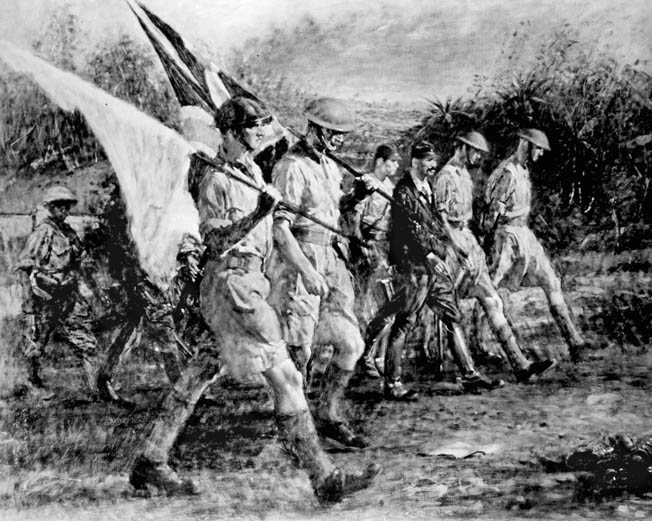
Clearly, Percival had lost Wavell’s vote of approval for his command style. To further exemplify this, on January 20, 1942, Wavell met with Percival on Singapore to plan for the island’s defense since the outcome of a battle on the mainland appeared to be a foregone conclusion. This meeting was prompted by Percival’s unwillingness to plan for a withdrawal of Commonwealth forces from Johore to Singapore despite communiqués from Wavell.
Once the decision to evacuate to the island fortress was made, there was further disagreement between Percival and Wavell, with the former opting for defense on the northeast coast and the latter acquiescing. Numerically, the defenders had more than enough strength on the island to repel the invasion, particularly as it came where Wavell had expected it.
On February 8, 1942, the Japanese attacked the northwest side of the island. Further tactical errors occurred, and Percival withdrew inland toward the city, but space was running out. After meeting with his commanders on February 15, 1942, Percival decided to surrender despite a personal message from Churchill to Wavell calling for a last stand by the numerically superior Commonwealth forces. For a personally brave man such as Percival, capitulation was a bitter step, but he chose to go himself in the hope of obtaining better treatment for his troops and the population.
Responsibility for Singapore
Duff Cooper, sent by Churchill to coordinate interservice operations as the resident minister in the Far East, confided to the prime minister that Percival was not a natural leader and could not take a large view. Cooper went on, “It was all a field day at Aldershot to him…. He knows the rules as well and follows them so closely and is always waiting for the umpire’s whistle to cease-fire and hopes that when the moment comes his military dispositions will be such as to receive approval.”
To his many critics, Percival also seemed to lack the requisite ruthlessness to prevail during a military crisis. So, was it appropriate to make Percival responsible for the disaster at Singapore? Many argue that ultimate responsibility for the failure to defend Singapore adequately rests with Churchill, who was often focused on the events in the Middle East and diverted important assets to that theater.
Dill once wrote to Churchill, “Egypt is not even second in order of priority, for it has been an accepted principle in our strategy that in the last resort the security of Singapore comes before that of Egypt. Yet the defenses of Singapore are still considerably below standard.”
Even American military and naval experts endorsed the warning and expressed the view that Singapore should be given priority over Egypt. Factually, the desired air force strength of 300 to 500 modern aircraft was never reached in the Malayan theater. The Japanese invaded with over 200 tanks, while the British Army in Malaya did not have a single one. Indeed, Churchill himself had diverted some 350 older-model tanks from Malaya to the Soviet Union following the German invasion, as a show of good faith between the Allies. As these older infantry and cruiser tanks were more than a match for the light and medium Japanese tanks used in the invasion of Malaya, their presence could well have turned the tide of battle.
According to author Ronald Lewin, “Nobody can carp with any justice at an officer who is posted to a position for which he is not suited; the responsibility lies with his superiors or the military secretariat … and it was a cruel fate that put him in charge of Singapore’s defenses.”
According to a very harsh critic, Henry Pownall, “There is no doubt we underestimated the Jap. But suppose we’d made a better show and got the Jap at his true worth, would it have made any real difference? I very much doubt it.”
While other generals who were held captive by the Japanese, such as the American, General Jonathan Wainwright, had become public heroes, Percival found himself disparaged for his leadership in Malaya. Percival’s memoir in 1949, The War in Malaya, like its author, was restrained and did not reverse the criticisms of many others. Unusual for a British lieutenant general, Percival was not knighted for his service to king and country.
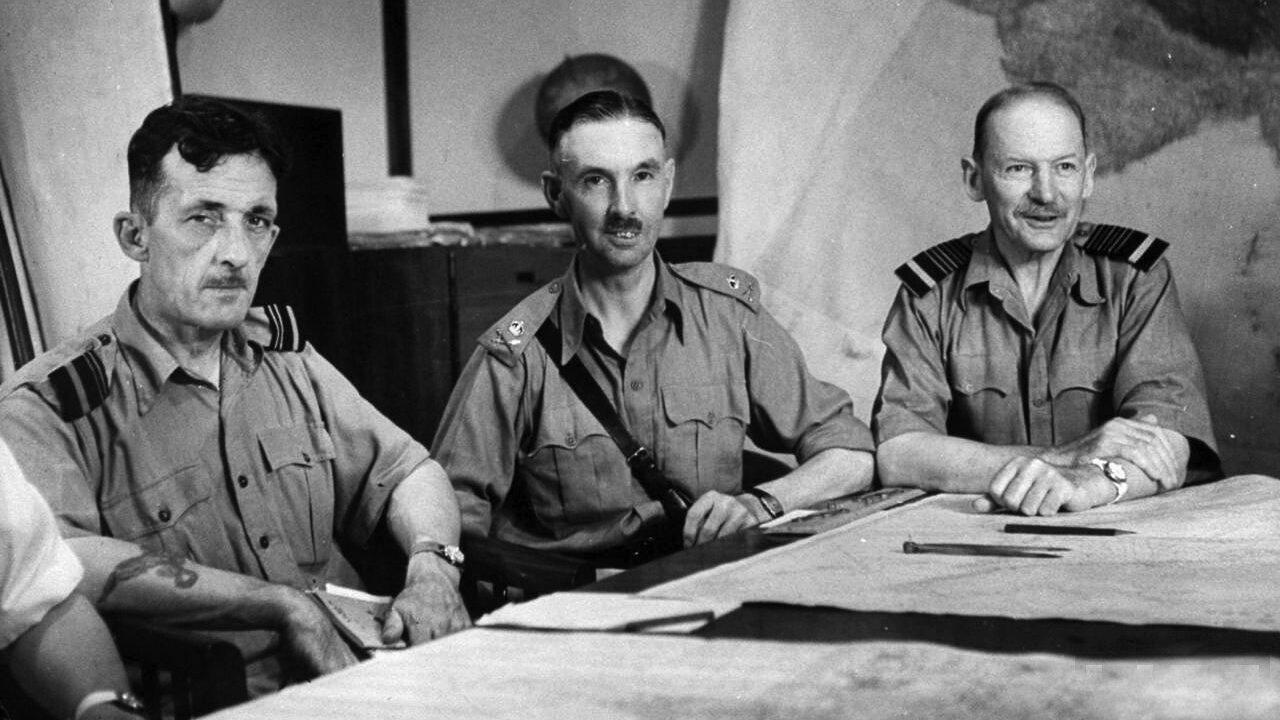
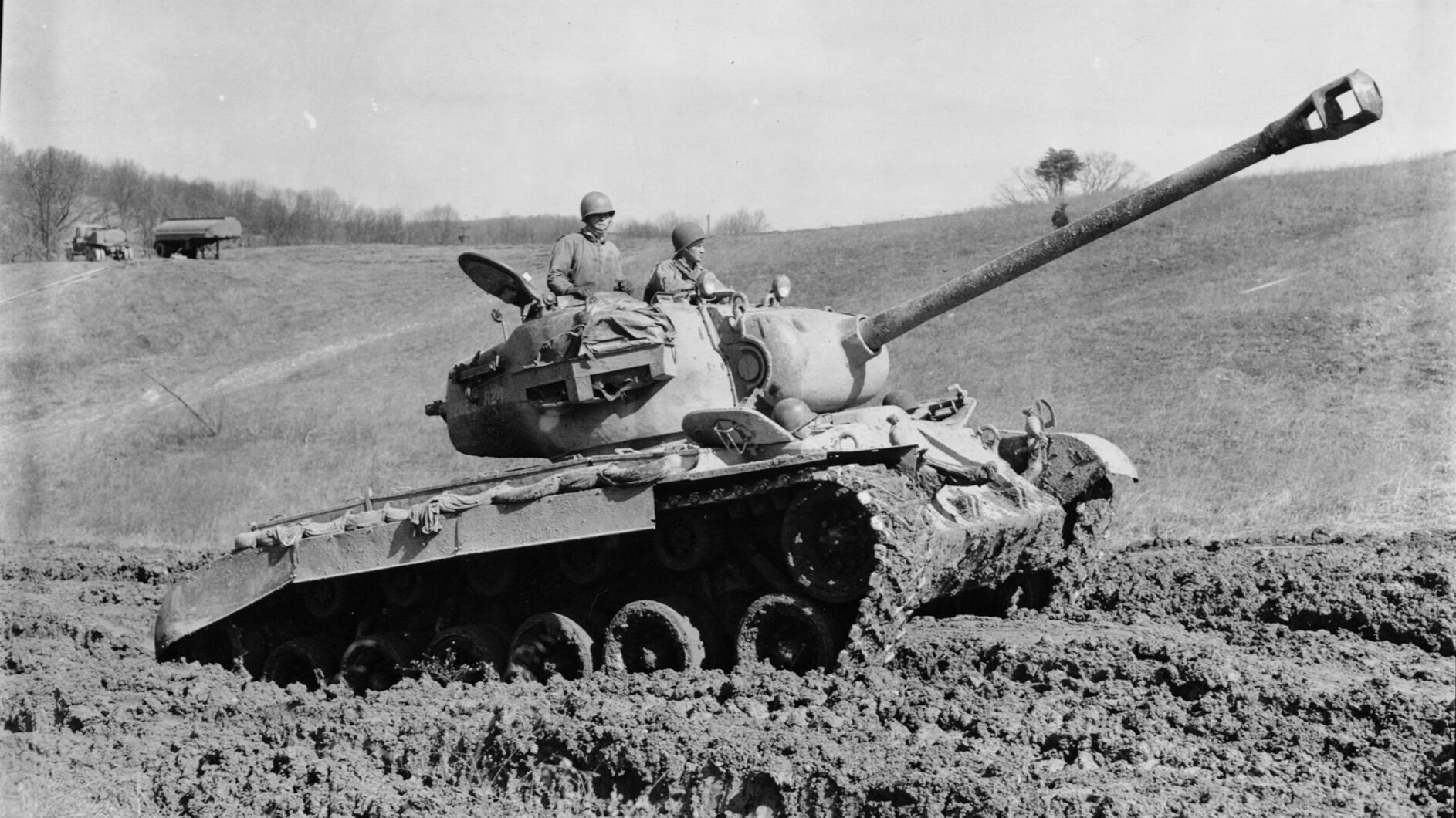
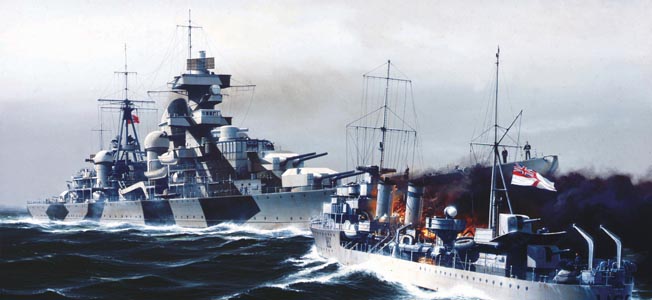
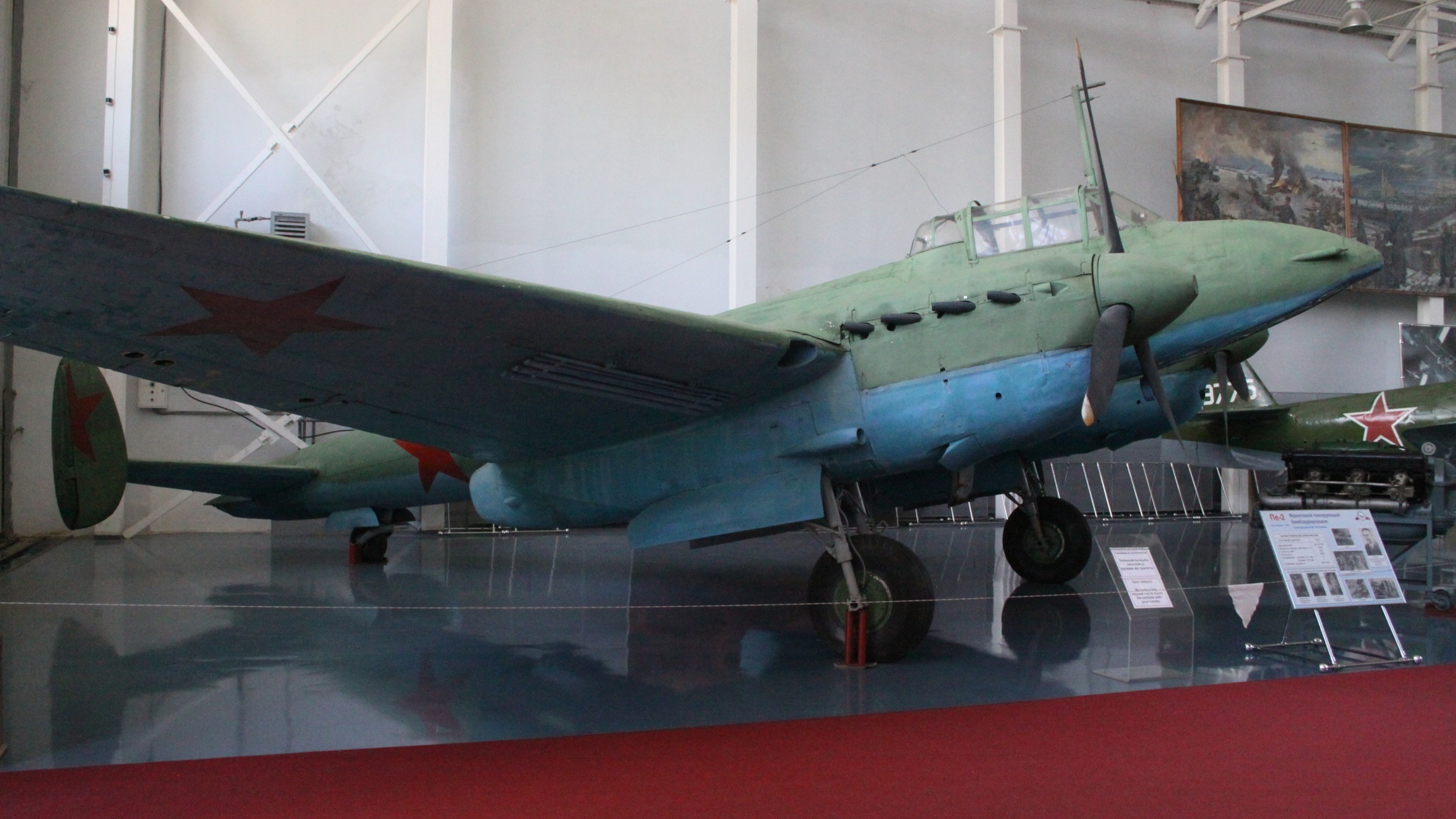
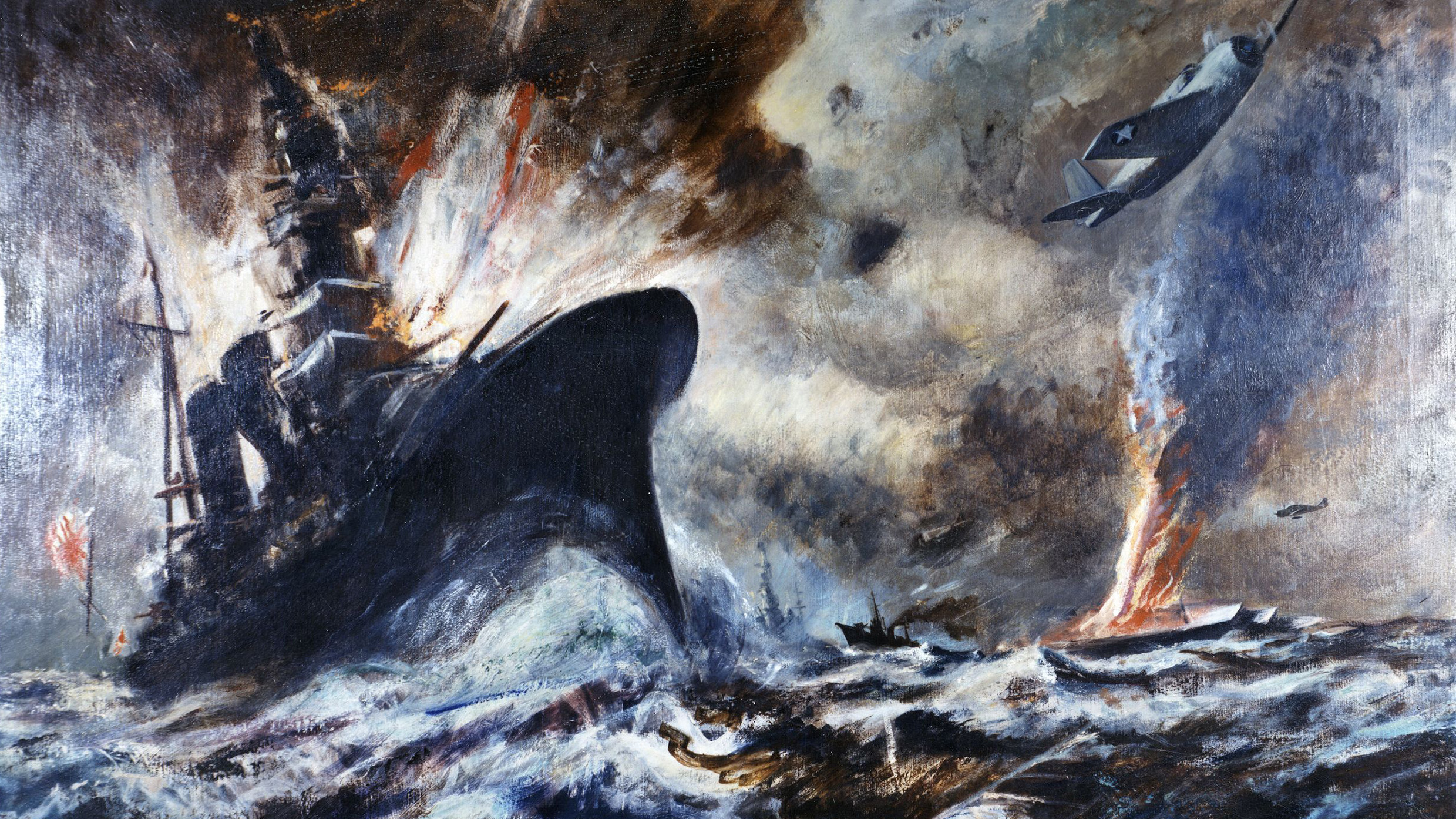
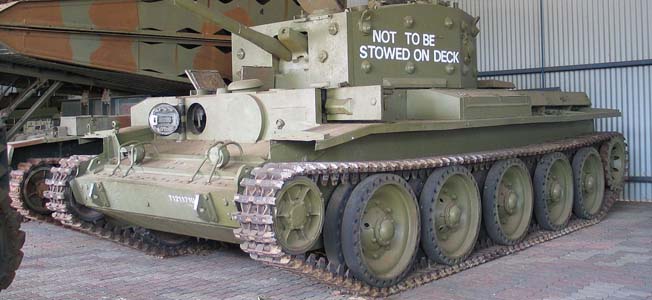

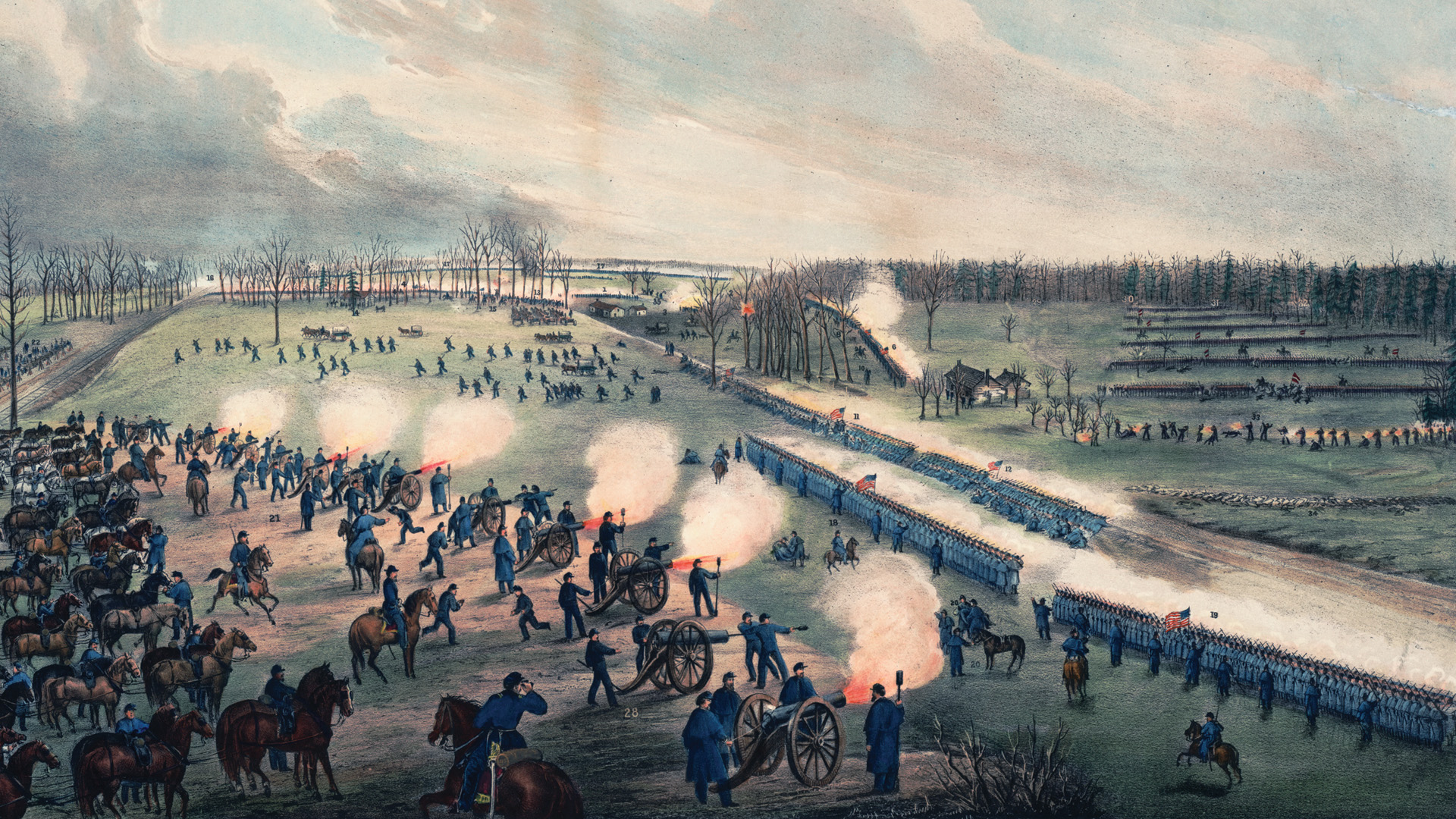
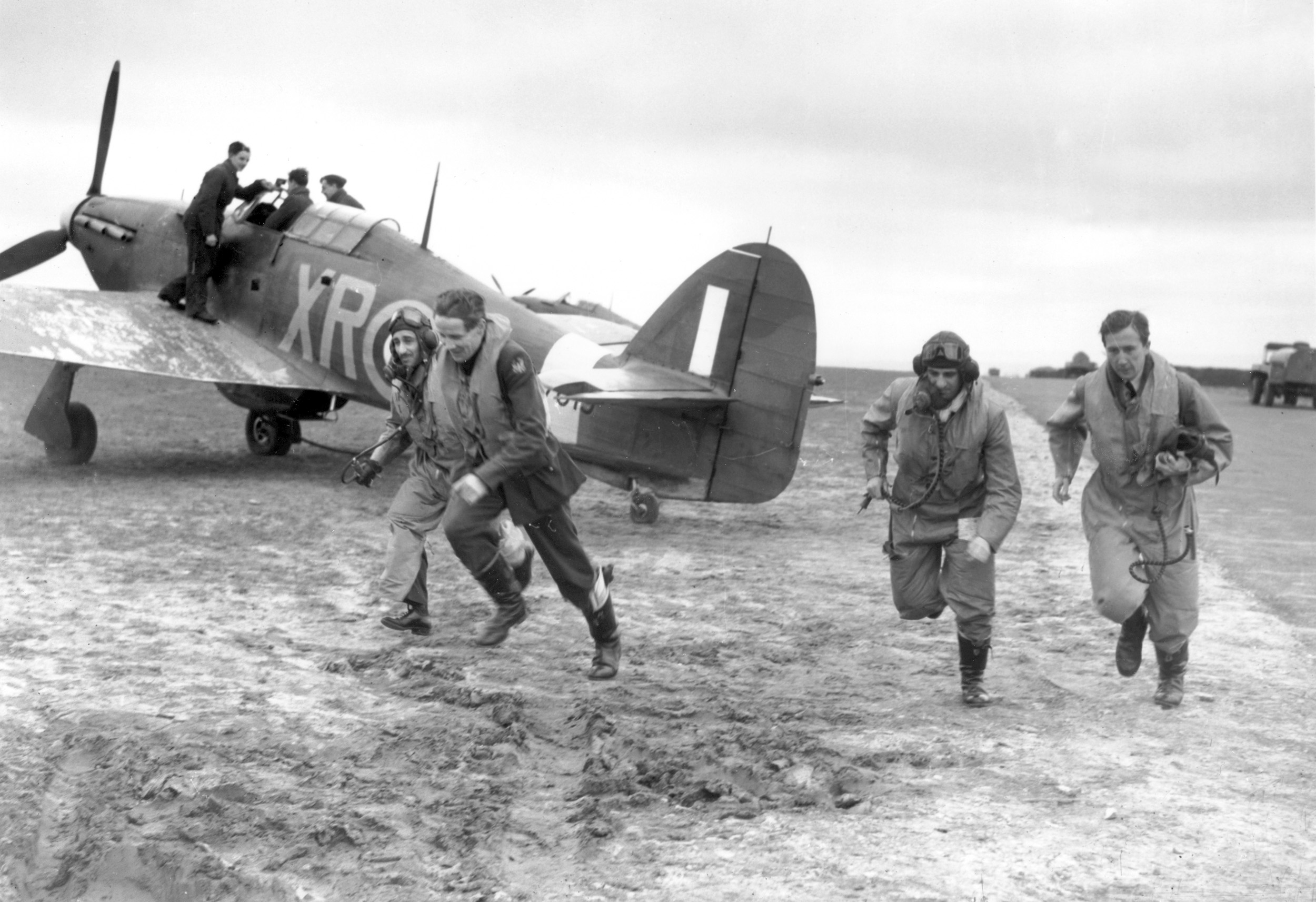
Percival most defiintely deserves greater credit. He warned Whitehall about the likelihood of the Japanese invasion. By surrendering he saved countless lives and damage to infrastructure. The lack of troops, weapons and equipment (let alone the infamous guns facing south) were not his decisions.
…I’m sorry, what?
First of all, Percival’s capitulation didn’t “save” his men in any capacity; with the exception of his Indian troops (which joined their captors), of the 130,000 men he surrendered, fewer than *6,000* lived to see their homes again. The rest were beaten, tortured, starved, and killed with appalling brutality over the next three years by the Japanese. Coupled with their other defeats, the reputation of the British Empire in the Far East was dealt a blow from which it never truly recovered.
Secondly, the surrender of Singapore certainly did *not* spare the lives of the civilian population. In the following days and weeks Japanese soldiers went on an orgy of violence, killing tens of thousands of helpless civilians through various means such as: using them for target practice; burying them alive; skinning them alive…the list goes on. The local Chinese population suffered the worst of these atrocities, but suffice to say, Singapore was not a safe place after the Japanese moved in.
Percival’s surrender served no point or purpose apart from causing the deaths of tens of thousands of soldiers and civilians and fatally weakening the position of the Allies in the Far East. In a play on Churchill’s words, “Never before had so much been surrendered by so many to so few.”
James Polymer,
Have you considered the scenario if the Singapore defenders had resisted longer, or attempted to fight to the last man?
It would mean that more Japanese attackers would have been killed in the process. From the way the Japanese troops exacted revenge on Lieutenant Adnan Saidi after his Malay Regiment put up a fierce resistance at the Battle of Bukit Panjang Ridge, the way Japanese troops bayoneted and shot hapless doctors, nurses and patients at Alexandra Hospital after being shot at by Indian soldiers within the hospital’s vicinity and the massacre of Chinese males from age 18-50 years during Sook Ching for supporting the anti-Japanese war effort in China, the Japanese troops would probably exact greater revenge and go on a rampage and create a bloodbath of prisoners of war and the civilian population.
The Japanese expected soldiers to fight to the last and would despise others who didn’t, including their enemies. Whilst hindsight is a marvelous thing, had they fought on the Japanese would have been stopped in their tracks. Had they still won, they might have treated the remaining troops at least with more respect. I doubt they would have treated the civilians any better though either way.
What that would have meant strategically would need further examination, but like the 101 Airbourne division at Bastogne in the Battle of the Bulge, it would have put a spanner in the works.
However, it seems the main failing of Percival was not to make provision to make sure the fortress Singapore was truly a fort all round. Vauban in France was a brilliant fort designer, albeit not on an island scale, but even some simple measures to secure the back door more thoroughly would have been sensible as any decent general would have done.
As far as I can tell, he was a decent and brave soldier, but not suited to what would be a defensive role. He had really no choice to defend as best he could and seems to have lacked imagination for defense. I have written my own post on the fall of Singapore, but with my own brand of humour applied, except to the vile massacre of nurses etc.
I’m no historian, just a history buff, but I believe the die was cast many years before the war. The 1920’s Singapore Strategy, with its “main fleet to Singapore” mantra, which became an act of faith to governments and public alike, became less and less tenable as the years went on. The available fleet shrank again and again, the time to rescue Singapore grew and grew. It seems there was scant even no attention paid to the possibility of a land based invasion. All the eggs in one basket, plus disjointed RN/RAF collaboration.
Even the ground forces seemed lax, but probably reflected British and Commonwealth training and warfare doctrine at the time. It speaks volumes that when 2nd Batt Argyll & Sutherland Highlanders arrived in Malaya in late, summer 1939, Lt Col Ian McAlister Stewart was surprised to see a mentality of roadblocks, with no thought of using the jungle. So he instigated his own jungle training programme for his battalion. While other British officers and VCOs were downing their G&Ts at their clubs and messes, Stewart, his officers and his men were pushing through jungle and developing/ honing their skills. As a result they received the nickname (admiring or disparaging I don’t know) of “the jungle beasts” and Stewart had the reputation of a single-minded crank. As a result, when the Japanese did invade, the Argylls became much in demand, they were over-used and by Slim River in January, were left with about 94 all ranks for duty.
So in my view, Percival was not perhaps any great shakes as a field general, but the way things were set up, resources available and mindset of the Army, if another general was in charge, the fall was going to happen anyway, sooner or later.
Remember, June 1940, British troops were evacuated from Norway, May-June, 338, 000 troops evacuated from Dunkirk and later under Operation Aerial, 191,000 evacuated from Cherbourg etc, North Africa early 1941, evacuation from Greece, evacuation from Crete, British Army were able to retreat; Burma 1942, British etc retreated back through Burma; Hong Kong – no possible evacuation, surrender; Singapore – very limited evacuation, not possible for bulk of forces, no retreat possible from the island; trapped, no water, no electric, no ammo plus large civilian population, no chance to be refugees.
This appears to be a reasonable assessment of the Singapore surrender with an inadequate non fighting general in command who was a clever staff officer but a poor leader. So many of the defending troops were either untrained and/or sent there to bolster the numbers with the senior officers not fighting soldiers.
MARSHALL.
We were also often told, as Singaporean citizens, that Percival was a coward in that he did not fight the Japanese and surrendered his massive army over to the Japanese. I feel that after reading this article, it made me more aware of Singapore’s shortcomings. I have also been told by my History teachers that the troops in Singapore had no idea how to operate the guns(turning them) and that the soldiers had no intention of dying on foreign soil. I think that therefore Percival did what he could though I still think that he could have lasted maybe a bit longer had Singapore been aided in either supplies or military aid. If you look at it from a numbers standpoint, The Japanese were massively outnumbered but still possessed tanks which I think was very few or none for the British side. Not to mention that the Japanese empire at it’s peak was massively overstretched to the point where they relied on local governments that reported to the Japanese which makes you question had the atomic bomb not been dropped on Japan, how long would a civil uprising take place and demolish the Japanese Empire from the outside.
LTG Arthur E. Percival remained partially responsible for the fall of Singapore. This was because he had command responsibility as the General Officer Commanding (GOC) over the Malaya. He failed to make optimal use of limited time and resources to train and prepare his troops for a spirited and coordinated defence of Malaya. He dispersed his forces too widely. He could not stop the blame-shifting and bickering among his senior allied commanders that became corrosive for morale. Neither did he improve fixed defences in northern Singapore. He misjudged that the Japanese would attack from the northeast. Even after the Japanese had landed in the northwest, Percival refused to accept that this was the main invasion and held back valuable reinforcements until it was too late. He also failed to make a last stand to fight to the last man in Singapore as instructed by PM Churchill.
However, the seeds of Singapore’s fall were sown years before Percival’s arrival. They involved larger strategic, political, economic and military factors beyond his control. Pax Britannica was on the wane after Britain was weakened by WWI. Wearied by WWI, the British public in the inter-war years had a popular revulsion against war and defence expenditures. Neither did their governments have the political courage to challenge their nation to reconsider. So they failed to develop their colonies’ economies to fund the buildup of credible military defences at strategic locations of their empire. Instead, they maintained the illusion of being able to defend their overstretched empire via propaganda. This amounted to public deception in the name of keeping up morale. They vacillated over building the Singapore naval base until Japan turned expansionist. For example, Sir Winston Churchill, then Chancellor of the Exchequer in 1924, presumed wrongly that a war with Japan was inconceivable and thus made deep budget cuts to the Royal Navy.
By WWII, the British empire was not equipped adequately to deal the European, Atlantic and Pacific theatres of war simultaneously. So Churchill’s wartime cabinet prioritised limited resources to defending the British homeland and home waters, and with it the British Crown and King, the Mediterranean, freeing Britain’s Atlantic lifeline to the USA from the stranglehold of German U-boats, liberating North Africa and continental Europe from Nazi Germany, helping Russia and protecting India first over Malaya. These higher priorities deprived Malaya of adequate defence resources, thus compromising its defence plans “Operation Matador” and “The Singapore Strategy” and the men on the ground tasked to implement them.
The British military establishment should bear some responsibility too. The London War Office largely ignored Percival’s 1937 report calling for the construction of more fortifications north of Singapore. It did not allocate sufficient budget and equipment for military training in Malaya. Besides underestimating its enemy (hubris), overestimating the jungle’s ability to deter the enemy (complacency) and believing its own propaganda (self-deception), the British military doctrine and system of set-piece battles, static defence, pre-occupation with procedures, making the situation fit the plan, had no answer to the Japanese military’s quick and fluid tempo of advance and outflanking tactics by day and night.
Worse, the British High command sent a staff officer (in Percival), who was not an experienced field commander who could inspire his troops during crisis. Troops sent to Percival were inexperienced in fighting in tropical jungles. They had no tanks for support. Denied effective control over the RAF and Royal Navy, Percival faced a lack of effective inter-service cooperation and coordination among the RAF, army and navy. In fact, there was rivalry between the RAF and the army. Deploying Hawker Hurricanes and obsolete Brewster Buffaloes, the RAF lost a few air battles to Japanese Zeros and subsequently withdrew prematurely to the Dutch East Indies. Two battleships were sent as token support without air cover. During the Malayan campaign, there was also mutual blaming among British and Australian senior commanders, miscommunication and poor coordination down the allied ranks. BBC History magazine calls it “negligence and incompetence at all levels of command”.
There was also a civilian factor. The civilian population was not geared up adequately for total war. Civilian resources could not be requisitioned by the military for total defence because the civil administrations in Malaya, led by Sir Shenton Thomas as Governor of Singapore, did not want to upset commercial interests, alarm the civilian population or upset them. The exception was the civilians who joined the Malay Regiment, Dalforce, Force 136 and the Volunteers Corps, but these were too few in numbers and largely under-equipped to make a significant difference to the outcome of conventional battles.
Ultimately, Japan should bear the most responsibility for Singapore’s fall; for without its invasion, how could Singapore fall? It employed spies who helped its military planned effective attacks. Some of the best troops from the Imperial Japanese Army (IJA) were drawn to form the 25th IJA. They underwent prior inter-service training in tropical-like conditions in Taiwan and were issued detailed guidelines on how to fight to win in Malaya. They were led by an aggressive and confident field commander in LTG Tomoyuki Yamashita who inspired confidence. Morale was high among his troops. They enjoyed better air support. Their logistics was aided by ammunition, fuel, food and other stockpiles of “Churchill’s supplies” left behind by the retreating RAF and British army down the Malayan peninsula. Adapting the German blitzkrieg to suit tropical terrain, Yamashita’s strategy of a driving charge, employing speed, surprise, tactical mobility and improvising on the move, did not give his enemies time to re-group. The paved roads and cheap bicycles speeded up Japanese movement. The 25th IJA even had engineer battalions trained to repair bridges quickly that had been demolished by the retreating allies. These factors led to Malaya’s fall in 70 days, turning a defeat into a disaster.
Even if the 25th IJA ran out of ammunition, or the British Army could exploit its foreknowledge (via ULTRA intercepts) that 25th IJA was numerically inferior in troops and put up a well-coordinated defence, the fall of Malaya (including Singapore) could at best be delayed. But the Malayan defenders could not withstand the might and bushido spirit of the Japanese empire indefinitely. Surrounded by sea on three sides, Malaya simply lacked strategic depth in defence. Tokyo, which saw Singapore as a prized catch, could still draw on Japan’s combined fleet of arms; its IJN (navy) with 10 aircraft carriers, battleships and amphibious landing ships, to support the invasion. In a siege, naval blockade and/or war of attrition, Singapore would still be a lost cause to Churchill in early 1942.
Weighing all the above factors, Percival should still be held partly responsible for Singapore’s fall, on account of factors within his control. But he should not be held solely or mainly responsible because of the more significant geo-strategic, geo-political, economic and military factors before his time and beyond his control.
Unfortunately, much of the mutual blaming and deflection of it among the British and Commonwealth politicians and generals since Singapore’s fall, was driven by the politics of self-preservation (the first law of human nature). That it was convenient to find a scapegoat in one man (Percival) or blame its Commonwealth dominions, was ultimately self-serving of the British establishment. Deflecting the spotlight on the men on the ground and finger-pointing among nationalities, merely hide the systemic causes of the disaster in the shadows. The most consequential of these was the weaknesses in British military thinking, planning and systems; inflexibility and false assumptions about their defences, the terrain, their enemy and the misjudgments of the men who ran the system.
As in any leadership, the passing of the buck must stop with the British colonial masters, with Churchill as its PM. Churchill knew he was presiding over an empire on the sunset. In the 1930s leading up to 1941, successive General Officers Commanding (GOC) of Malaya have been updating Britain’s War Office and its Chiefs of Staff (COS) about the growing threat of Japanese invasion of Singapore through the Malayan peninsula and the need for more reinforcements. Churchill’s military advisers, the COS, had from time to time, lobbied for more reinforcements to Malaya.
Yet time and again, Churchill, through his self-confidence, persistence, force of persuasion, false assumptions and lower priority for the Far East, overrode the COS to oppose sending stronger reinforcements in 1940. As late as September 1941, he rejected persistent lobbying by his Chief of Imperial General Staff, Sir John Dill, to send stronger reinforcements to Malaya, arguing that the risk was acceptable.
The awful truth is this: By his actions more than his excuses, Churchill de-facto made Singapore expendable in his global strategic priorities. Even when and after Singapore fell, Churchill was unapologetic. He said that he would do exactly the same again in prioritizing empire resources to the Middle East and help Russia, over the Far East. From a colonial master’s perspective, he could be right. If HQ Britain had surrendered to Nazi Germany, the Japanese would walk into Malaya as it did to Vichy French Indochina when France fell in 1940. By saving HQ Britain first, Britain could still come back and fight another day to retake Malaya after Burma. That was exactly Churchill’s plan. Mercifully for the Malayan combatants and civilian population, they were spared of another bloodbath because WWII ended by the US atomic bombings.
Churchill never fulfilled his promise to hold a full public inquiry into the fall of Singapore. This was probably because it could involve questioning his (mis)judgments and embarrass him. The consequent political fallout could incite more calls for independence among the disillusioned colonies (besides India) across the British empire, accelerate the empire’s breakup and undermine his legacy.
Protected by Britain’s Official Secrets Act that suppresses classified documents from public view 50 years after WWII, Churchill went to his grave with a grateful worldwide public of his era who would remember him more for his pivotal role in bring WWII victory to Europe, than for his role in the “worst disaster and largest capitulation in British history”. In contrast, Percival, departed with the ignominy of not being able to redeem his honour and condemning his family name to be always associated with the fall of Singapore.
The above is my tentative conclusion, unless new archival evidence emerges in the future that proves otherwise.
May history judge these and other players fairly.
On this 80th anniversary of the fall of Singapore, may we remember the thousands of British, allied and native men and women who gave their lives in the defence of Malaya’s and Singapore’s freedom.
The price of freedom is eternal vigilance.
Lest we forget.
Very comprehensive setting out the facts and supplying an accurate picture on which to base some conclusions. At the bottom of all, it would seem that Britain simply did not have the resources to properly conduct a multifront war against determined national enemies. They did well against local insurrections but had problems enough with their European front in WW I. Simply not prepared enough for WW II for whatever reasons and Percival and Singapore paid the price.
Though there is much to commend in this article, the article has errors of fact and omits some important matters of fact.
“Fortress Singapore” in no way indicated that Singapore was a Fortress, it was simply the name for the artillery installations on Singapore, in the same way as HMS Nelson is not actually a ship.
The biggest error is perpetuating the nonsense that the emplaced artillery could not fire to the North. It not only could, it did, and was doing so for most of the time that the Japanese were in range. However, as it was intended for defence against naval attack, all of the shells were Armour Piercing, as appropriate to that task, rather than the HE which would be effective against land forces. A deeply penetrating shell with a small explosive filling is far less effective than HE in this role. Thus the Fortress artillery was rendered relatively ineffective due to only AP being available. All of the 15″ guns were used in the defensive bombardment of Johore.
The big omission of fact is the complete failure to even mention the Governor, Shenton Thomas, who was the Commander in Chief of forces in Malaya and the Straits Settlements. His actions actively obstructed his military subordinates, such as Percival, from taken effective defensive measures. Of course, he had greater considerations than the purely military, but preventing the construction of defensive works by civilian labour on the grounds of the effect on civilian morale was very unhelpful. Exhausted troops continually had to dig in, with inadequate time and resources to do more than hasty defensive works, rather than moving into prepared works of higher quality and gaining a short respite. This greatly degraded the troops and also made their task much harder. In general, Thomas prevented effective use of civil resources in defense, even in such matters as air raid precautions. When Singapore was bombed by the Japanese at night, they didn’t even have a black out, let alone effective civil defence.
Great discussion.
Bottom line – plenty of blame to go around, but Percival being in command, he was the fall guy.
Singapore like Pearl Harbor suffered from poor intelligence. Commanders at both places, Kimmel and Short at Pearl, Percival at Singapore failed to act with alacrity and purpose on their own responsibility. Finally, London and Washington failed to properly prepare both places for the form of the attack that the enemy was almost sure to use and had been on simulated battle plans for a decade. Despite all, the allies were greatly aided in the end by the Japanese tendency to reach too far with their misplaced attitude of self confidence and superiority.